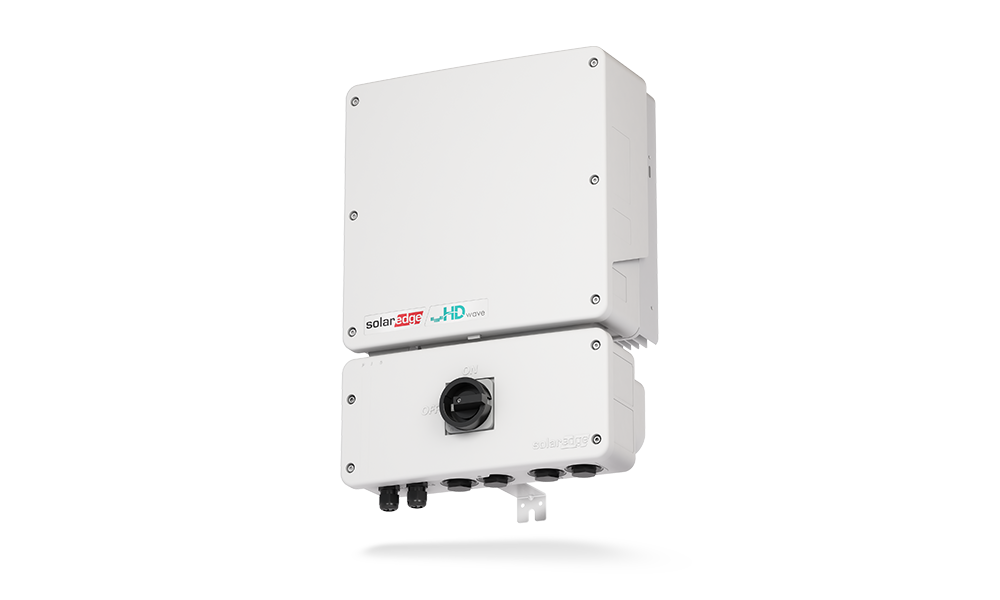Surge Battery Metals Inc. [TSXV-NILI; OTCQX-NILIF; FSE-DJ5] reported a maiden Mineral Resource Estimate (MRE) on its Nevada North Lithium Project (NNLP). The MRE, which has an effective date of February 16, 2024, was prepared by Dr. Bruce Davis, FAusIMM and includes a pit-constrained Inferred Mineral Resource of 4.67 Mt of Lithium Carbonate Equivalent (LCE) grading 2,839 ppm Li at a 1,250 ppm Li cutoff.
Highlights: Highest Grade Lithium Clay Resource in the USA with 4.7Mt LCE grading 2,839 ppm Li at a 1,250ppm cutoff. MRE includes over 4Mt of LCE grading 3,167 Li PPM at a 2,000 ppm Li cutoff. Significant Expansion Potential: The MRE only covers a portion of the known footprint of mineralization with substantial potential for growth.
Greg Reimer, CEO and Director, commented, “We are thrilled with today’s maiden MRE results as they solidify that the NNLP is a significant lithium deposit and one of the highest-grade lithium clay deposits worldwide. At higher grade cutoffs, there are still very appreciable volumes of lithium that are largely contained in the clay horizons nearest surface. We will continue to derisk the NNLP through metallurgical test work, technical studies and permitting. As well, we expect to continue to expand our known resource and certainty around it through drilling.”
The lithium mineral resources at the NNLP are hosted by multiple shallowly dipping and laterally extensive clay beds, separated by tuff units. The primary horizon (Cu3) contains the highest grades and is typically the first horizon intersected in drilling. Seven lithium-rich beds have been identified to date that range in thickness from >50m to 2.5m and average around 15m thick.
The MRE for the NNLP is based on 20 drill holes completed between 2022 and 2023 under a Notice of Intent (NOI) permit for a total of 2,758m and 1,973 samples. Eight of the twenty drill holes were reverse circulation (RC), five were sonic, and seven were diamond core. The 3D geological model used to inform the block model was developed in Leapfrog™ by SideQuest Geological Modelling.
Many of the metrics used to derive a 1,250 ppm Li base cut-off grade were obtained in part from review of available information for deposits similar to that at the NNLP. It is expected that items such as recovery, bulk density and operating cost will change in the future with additional test work and engineering studies. The metrics used to derive a 1,250 ppm Li base case cut-off grade and define the resource pit shell include: Operating Cost per Resource Tonne: US$88.50; LCE Price: US$20,000/t LCE; Recovery: 73.5%; Bulk Density: 1.79 t/m3; Pit Slope: 27° and Li to LCE conversion factor: 5.323.
The inferred resource estimate includes 100% of the resources on Surge’s 100%-owned ground and 25% of resources within the private block of ground in which Surge owns 25% of the subsurface rights.
The remainder of 2024 will be a busy year as the company prepares for a much larger and expanded drill program upon receiving its Exploration Plan of Operations Permit. In 2024, Surge plans to complete Metallurgical and Flowsheet Test Work. Metallurgical test work is well underway with Kemetco. We anticipate releasing the results of this testing in Q1 of 2024.
Surface Exploration Programs: In 2024, Surge plans to complete a detailed surface mapping program over the property and additional soil sampling. Combined, these will help identify additional areas of outcropping clay units and help to improve our geological understanding.
Spring / Summer Expansion Drilling: In early spring, Surge will work with the BLM to determine how much disturbance can be reclaimed under the current NOI permit to complete additional drilling in 2024. As well, Surge plans to drill on the M3 JV property.
Preliminary Economic Assessment (PEA): Surge expects to undertake a PEA study on the NNLP with an anticipated target reporting date in Q4 of 2024.
The company’s Nevada North Lithium Project, located in the Granite Range southeast of Jackpot, Nevada 73 km north-northeast of Wells, Elko County, Nevada. The first two rounds of drilling, completed in 2022 and 2023, identified a strongly mineralized zone of lithium bearing clays occupying a strike length of more than 3,500 metres and a known width of up to 950 metres. Highly anomalous soil values and geophysical surveys suggest there is potential for the clay horizons to be much greater in extent.



